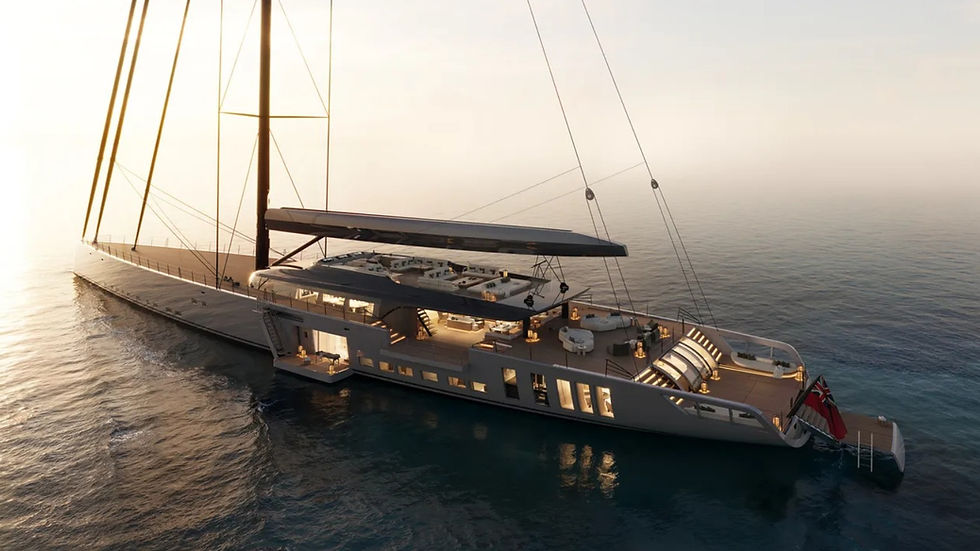The Real Origins of Boating's Most Common Terms (Part 3)
- Bill Jennings

- Feb 8, 2023
- 2 min read
Updated: Jul 28, 2023

Many expressions we commonly use today originate from early nautical activities. With a little research I found some interesting nautical origins for sayings we currently use. How many of these expression explanations do you know?
1) Pan, Pan, Pan: No, this does not refer to kitchenware for a sail ship galley. This emergency call, which is used for non-life threatening marine emergencies, is derived from the French word "Penne," meaning mechanical breakdown. Due to translations and local vernacular, it is now generally pronounced as "pan."
2) More Than One Way to Skin a Cat: Catfish were a favourite catch for sailing ships in the Caribbean. But skinning the fish presented a problem because its tough skin would stick to the edible meat. Several methods were developed to accomplish this skinning and the word catfish shortened to 'cat,' as the expression began referring to other situations with multiple procedures.
3) Piping Hot: The boatswain on early sailing ships would announce when meals were ready using a windpipe whistle so the crew could come and get their meals. Hearing the whistle and racing to the galley to eat while the meal was still hot quickly turned into "piping hot" food.
4) A Granny's Knot: A reef knot tied the wrong way is called a "granny's knot." This knot jams when pulled and is very difficult to untie. When encountered, sailors would say that it was like a knot tied by an old woman, or granny.
5) Cut of Her Jib: As in, "I don't like the cut of her jib." A jib is the forward sail on a sailboat. French and Spanish warships would often use a smaller or cut down foresail or jib to reduce the possibility of the ship being blown off direction in gusty winds. British captains would observe this size difference and identify enemy ships by the cut of their jib.
6) Cut to the Chase: The expression today means to get on with what is important. For sailing ships, it referred to a quick getaway. Raising an anchor and untying knots that held sails in place took considerable time, so if a ship was anchored and needed to make a fast move (whether being chased or chasing another), the captain would call "cut to the chase." The order meant for all restricting lines to be cut so the ship could get on with the chase.
You might also like:


















Comments